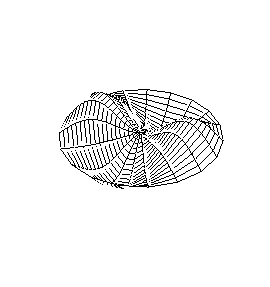Re: FIR filters
The narrower a filter, the longer the filter impulse response.
Yes, we're up against the uncertainty relationship. We can have time resolution or frequency resolution but not arbitrarily much of both. I believe the Wigner distribution, which is the 2-d Fourier transform of the ambiguity function familiar to radar folks, does the best is this regard, but the plots are riddled with artifacts that make them hard to interpret for audio. I can say what I'm using, which is based on a paper by Dave Gunness but computed a little differently. I'm guessing this is equivalent to what most folks are doing now, and probably Raimonds, too.
--Start with the windowed impulse response
--Take the DFT to get the complex frequency response.
--Window the FR with constant-octave-spaced, constant-octave-bandwidth Gaussian windows to get the frequency bands. (The Gaussian is of infinite extent but it gets so small so fast that it's OK to truncate it at the size of the transform.)
--Take the discrete Hilbert transform of each windowed band to get the time-domain analytic signals.
--Take the log magnitude of each and plot with pretty colors.
So what you have (waving hands in the time direction) is the log magnitude of the analytic signal corresponding to the impulse response of the system passed through a set of Gaussian band-pass filters.
I've tried to plot these both with a normal time axis and with the time axis in phase units (cycles, degrees, etc.) thereby stretching the high frequencies in the time direction. I think I like the normal time axis better. Another thing that I like a lot is to plot the ridge in a different color. The shape of the ridge, viewed looking normal to the t-f plane, strongly resembles the group delay.
For most filter/alignment work I think these representations are somewhat superfluous. Good old mag and phase plots pretty much tell the whole story. I have found them useful as a somewhat independent check on what filters do.
Agree about wavelets. They were all the rage right after I graduated in the mid '80s (I missed out) but I don't hear much now. But I'm kinda out of touch.
--Frank


